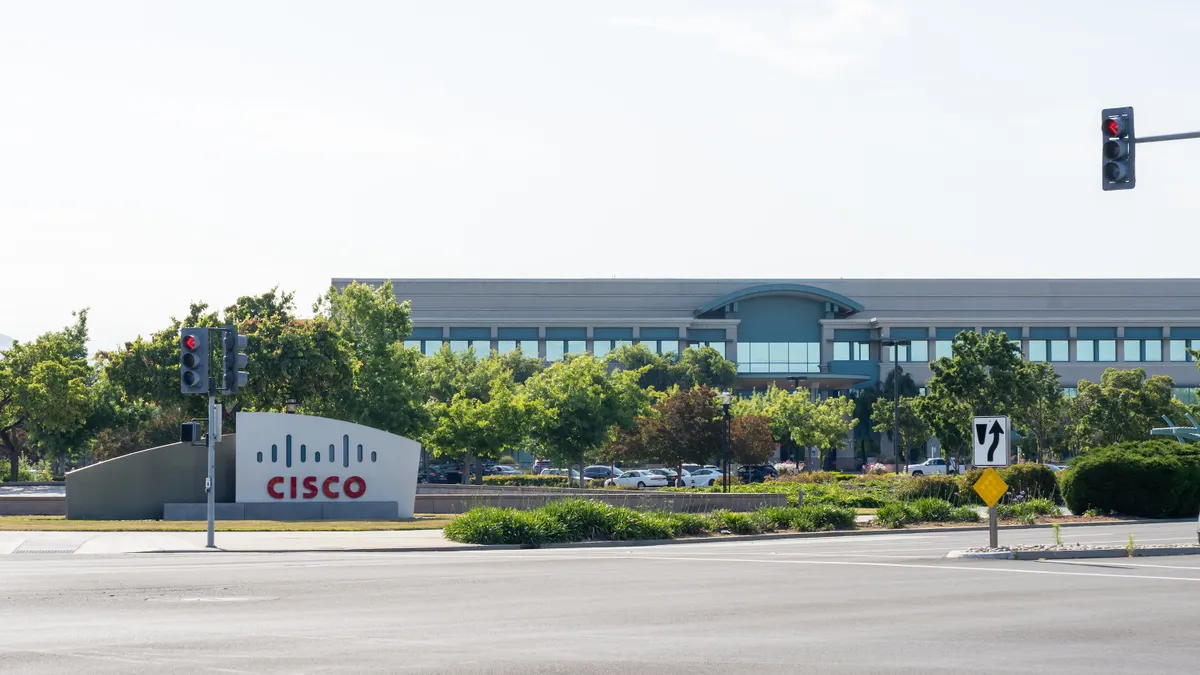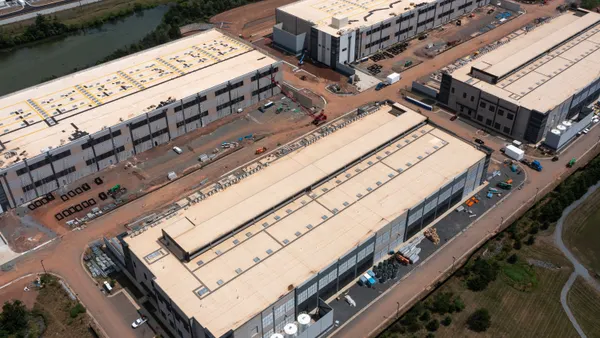Dive Brief:
- Cisco anticipates router refreshes to help boost its growing enterprise segment as AI adoption progresses, executives said Wednesday during the company’s Q4 2025 earnings call. The hardware vendor saw enterprise product orders increase 5% year over year, during the three months ending July 26.
- “As we move towards agentic AI and the demand for inferencing expands to the enterprise and end-user networking environments, traffic on the network will reach unprecedented levels,” CEO Chuck Robbins said, citing a June Cisco report that found 97% of businesses see network modernization as a key to deploying AI.
- Cisco gave its networking gear an AI makeover and rolled out the 8000 Series of beefed-up routers in June. Security maintenance for the company’s 4200, 4300 and select 4400 Series Platform routers sunsets this month. “The introduction of our new switches marks the beginning of a major multiyear refresh cycle opportunity,” Robbins said.
Dive Insight:
Cisco has begun to reap the rewards of an IT infrastructure upheaval triggered by generative AI. A big chunk of the massive capital investment in the compute-hungry technology is being channeled into the hardware needed to run high-capacity workloads.
Global spending on data center systems spiked 40% year over year in 2024 to $333 billion, according to Gartner. The analyst firm expects that level of growth to continue this year, driving the market to nearly $475 billion.
While the lion’s share of infrastructure spending is tied to cloud capacity buildouts, enterprises are eying hardware upgrades, too. More than 4 in 10 CEOs perceive their company’s technology infrastructure to be inadequate to fully support AI technology, according to a Kyndryl report published in May. Technology executives were more sanguine, with fewer than 1 in 5 expressing the same sentiment.
As hyperscalers renewed vows to collectively pour hundreds of billions of dollars into data center CapEx this year, Cisco saw revenue grow 8% to $14.7 billion during its most recent quarter. AI infrastructure orders surpassed $800 million, bringing the fiscal year total to over $2 billion.
Enterprise orders and associated revenues are just beginning to roll in, according to Robbins.
“We’ve seen this with transitions over the last decade or so that we tend to see these things begin first in the cloud providers … then we see it shift into the enterprise,” said Robbins.













